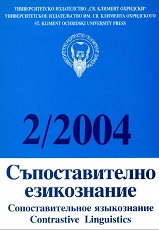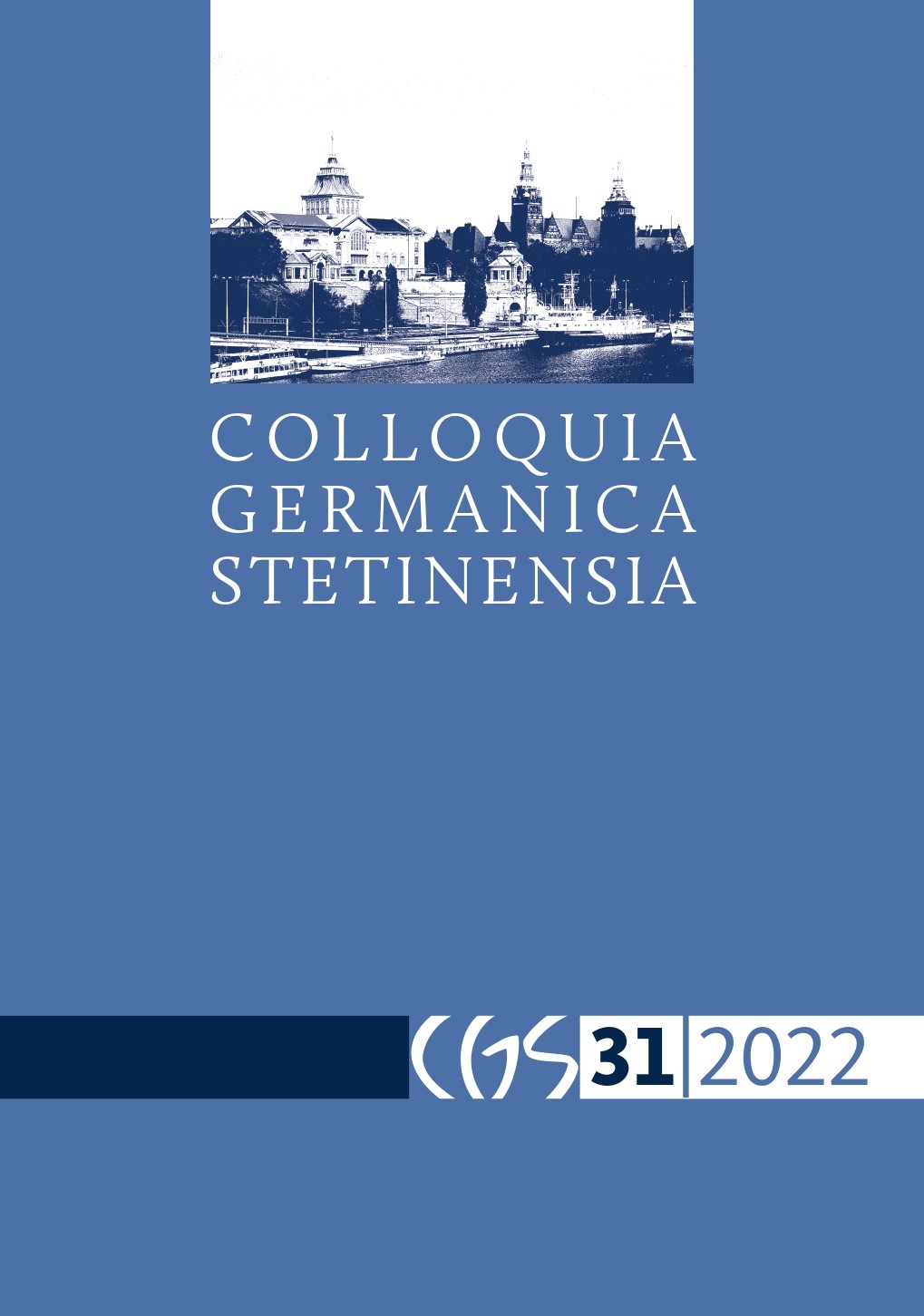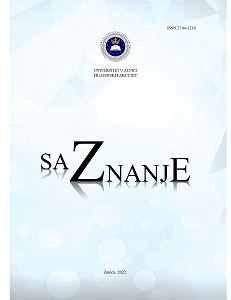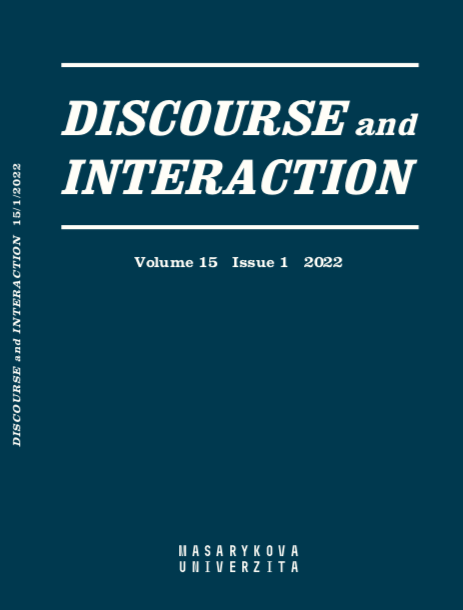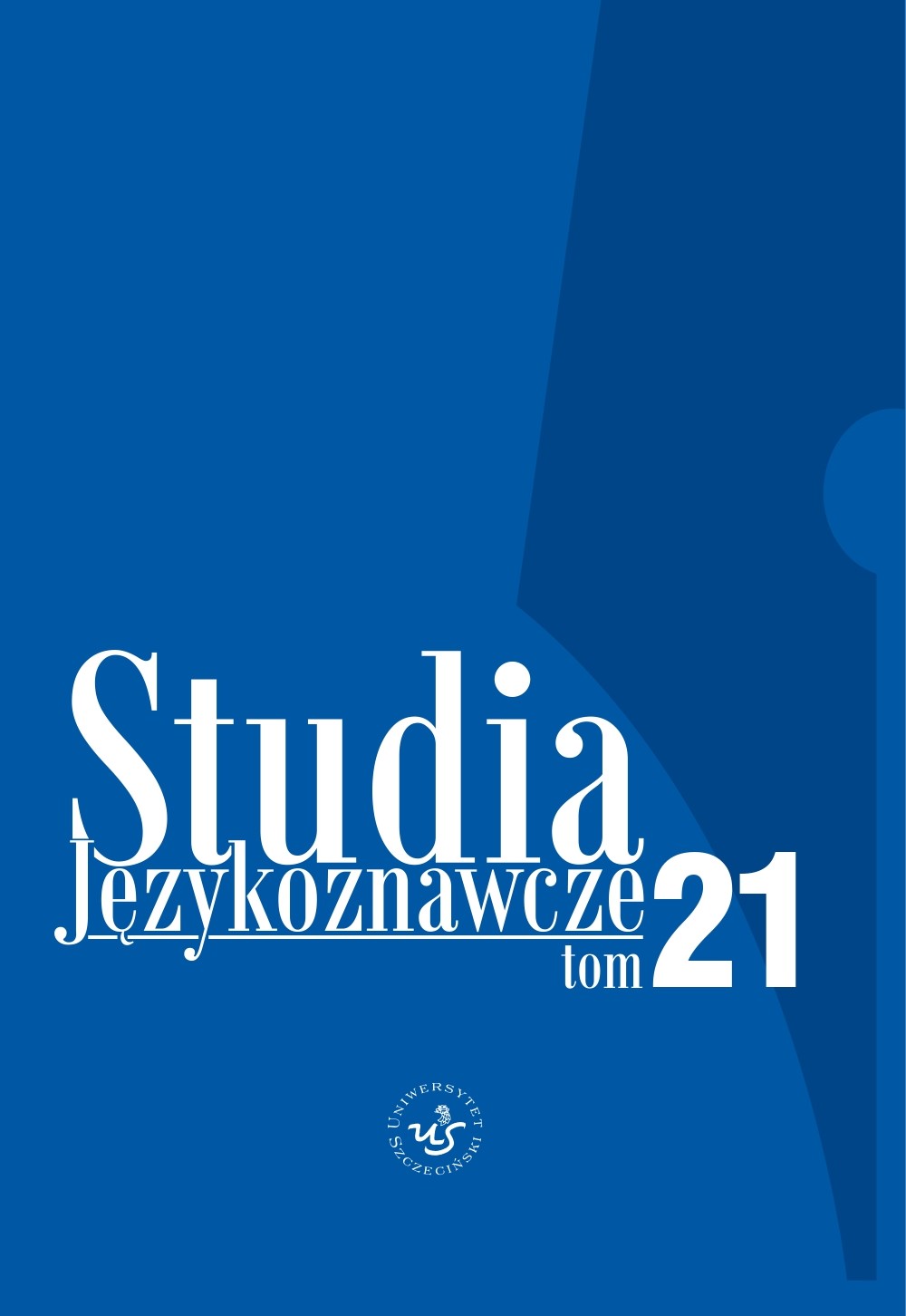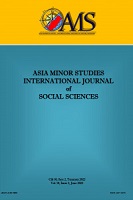Eesti keele sõnaprosoodia lõuna-läänemeresoome taustal
The article presents an overview of the specific traits of Estonian word prosody as compared to other Southern Finnic languages, based on the results of experimental phonetics gained over recent years. First the Southern Finnic language group is defined on a diachronic basis. The group includes North Estonian (the basis of standard Estonian), Votic, Livonian and South Estonian. The following analysis is focused on Estonian ternary quantity alternation (consonantal and vocalic), tonal contrast in Livonian and Estonian, foot isochrony in Southern Finnic languages, the emergence of velar vowel harmony and the later disappearance of vowel harmony, reduction and peripheralization of the vowels of non-initial syllables, elision of sounds and transference of accent, and, finally, constraints on quality alternation. Each object of research is analysed on the background of the other languages of the group and their dialects. The comparative study demonstrates that specific traits of Southern Finnic prosody are the most widely represented in Livonian, while their representation in South Estonian is somewhat higher than in North Estonian. Votic prosody has the most traits in common with Northern Finnic languages. However, Southern Finnic languages share certain traits with Sami and with Mordvin languages, which are not characteristic of Northern Finnic. In summary, it becomes clear that the specific traits of Estonian prosody are of different age and origin, reflecting not only contacts with cognate languages but also intra-language changes as well as areal developments in the Circum-Baltic area.
More...
